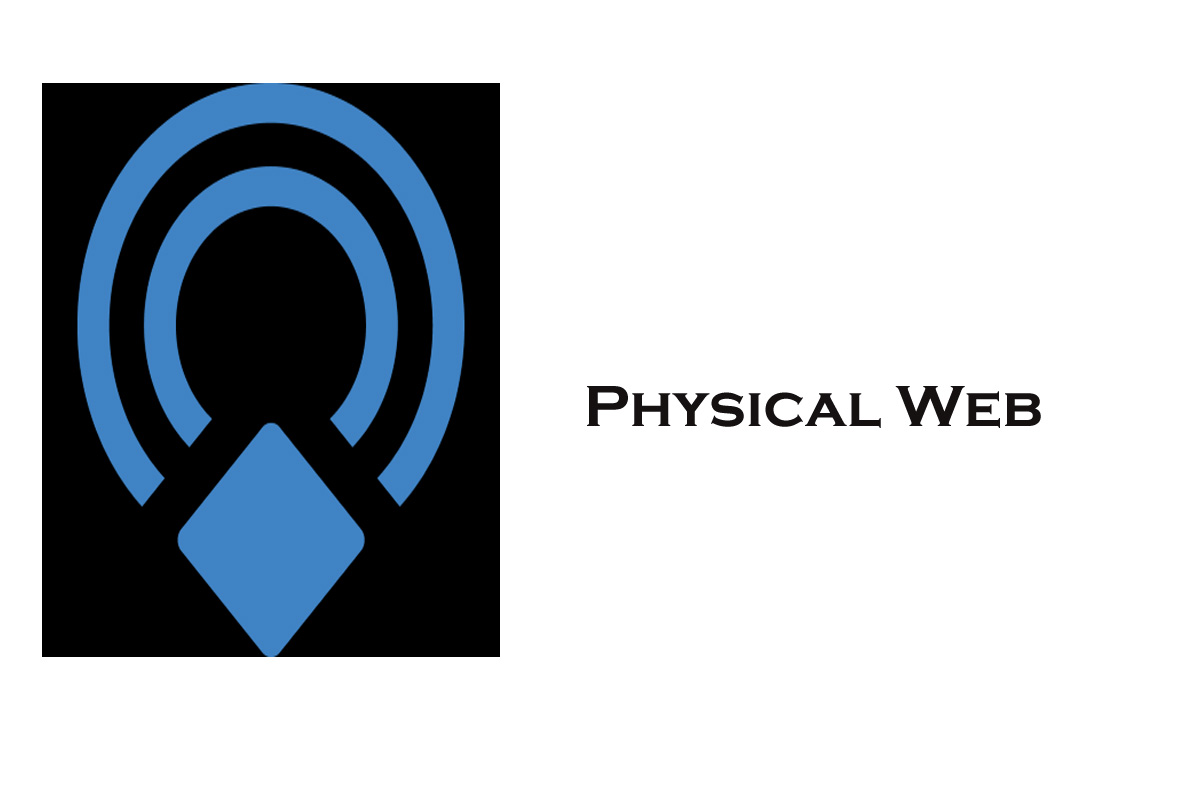Physical Web
The Physical Web refers to an initiative that aims to extend the capabilities of the internet to physical objects and locations in the real world. It is an open-source project initiated by Google that allows physical objects to broadcast URLs or web addresses using Bluetooth Low Energy (BLE) technology.
The concept behind this Web is to enable users to discover and interact with nearby intelligent devices, and products. And also, services using their mobile devices without the need for dedicated apps. Instead, users can use their web browsers to access information or perform actions related to physical objects.
How Does the Physical Web Work?
- Physical objects, such as beacons or intelligent devices, broadcast URLs using BLE. These URLs represent web content associated with the thing.
- Detecting nearby objects: Users with enabled smartphones or devices equipped with a compatible app or browser that supports the this Web can scan for nearby URLs being broadcasted by physical objects.
- The app or browser displays a list of discovered URLs near the user. The user can then choose which URL they want to interact with.
- Once a user selects a URL, the associated web content is loaded in their browser. This content can provide additional information, perform actions, or enable various interactions related to the physical object.
- The Physical Web aims to bridge the gap between the digital and physical worlds by allowing seamless access to web-based information or services associated with physical objects. It enables users to engage with objects, products, or locations in their immediate environment contextually and interactively.
How Physical Web Can Help Local Marketing?
The best thing about this web is that it simplifies interaction with the internet and avoids doubts that prevent people from connecting with businesses. Nobody likes to move from app to browser for different things. The this Web can play a role in local marketing by enabling enterprises to join with possible consumers in their instant physical locality. Here are a few ways this Web can help with local marketing:
Local marketing can deliver targeted advertisements or promotions directly to users’ mobile devices near their physical location by broadcasting URLs through beacons or smart devices using the Physical Web. This can help increase awareness, traffic, and engagement with nearby potential customers.
The Physical Web lets industries provide location-specific information to users in real time. For example, a restaurant can show its menu, daily offers, or customer reviews through the Physical Web, enabling bystanders to access accurate information about the establishment. This can help attract customers and influence their decision-making process.
This Web can boost customer experience by providing timely access to accurate information. For instance, a retail store can broadcast URLs that provide product details, pricing, availability, or personalized offers. This helps customers make conversant decisions and creates a unified transition between their physical and digital shopping journeys.
Businesses or event organizers can influence the Web to encourage local events, conferences, sales, or community activities. They can reach nearby individuals interested in attending or joining by broadcasting event details and appropriate URLs.
This Web can also collect data and gain perceptions of consumers’ actions and preferences. By tracking interactions with broadcasted URLs, businesses can analyze user engagement. It measure the effectiveness of their campaigns, and gain valuable insights into customer interests and preferences.
Conclusion
It’s important to note that the adoption and implementation of the Physical Web can vary, and it requires support from both the physical objects broadcasting URLs and the user’s device or browser to detect and interact with those URLs. While the this Web has potential applications in various domains, such as retail, tourism, and smart cities. Its widespread adoption is still evolving.

